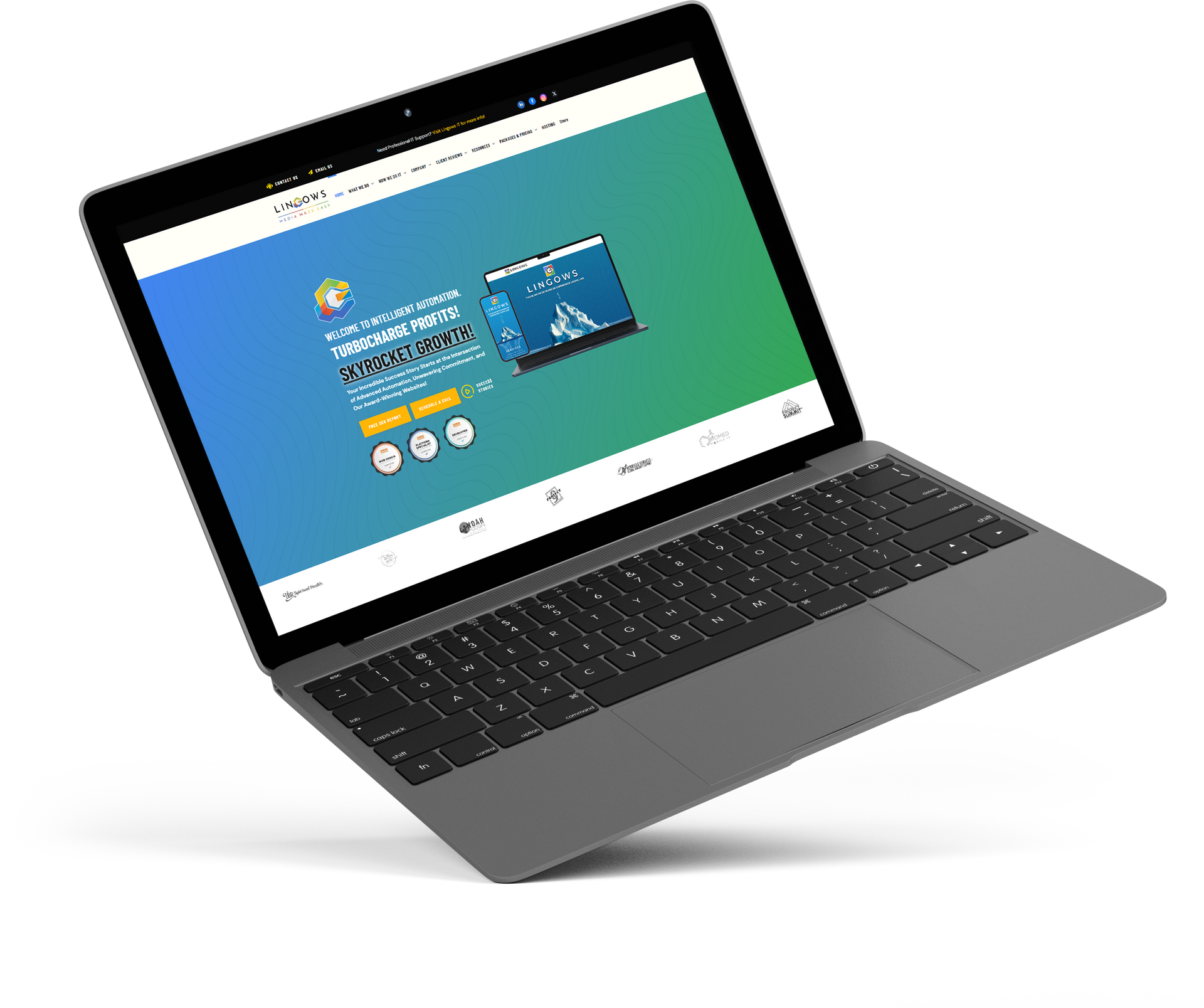Website Speed Optimization: Your Complete Performance Guide
Speed kills – conversions, that is. In our instant-everything world, a slow website is a business killer. Google research shows that 53% of mobile users abandon sites that take longer than 3 seconds to load. Here's your comprehensive guide to turbocharging your website performance.
Why Website Speed Matters More Than Ever
Page speed affects everything: SEO rankings, user experience, conversion rates, and your bottom line. Amazon found that every 100ms of latency cost them 1% in sales. For a small business, even modest improvements can dramatically impact revenue.
Optimize Your Images (The Biggest Culprit)
Images typically account for 60-70% of a page's weight. Start here for immediate impact:
- Use modern formats like WebP or AVIF instead of traditional JPEG/PNG
- Implement lazy loading to defer off-screen images
- Serve responsive images based on device size
- Compress without visible quality loss (aim for 85% quality)
- Use CSS sprites for small, frequently used images
Leverage Browser Caching
Make browsers remember static resources so returning visitors experience lightning-fast loads. Set appropriate cache headers for images (1 year), CSS/JS files (1 month), and HTML (1 hour). This simple step can cut load times by 50% for repeat visitors.
Minify and Combine Files
Every extra HTTP request slows your site. Minify CSS, JavaScript, and HTML to remove unnecessary characters. Combine multiple CSS and JS files into single files. This can reduce file sizes by 20-40% and decrease server requests significantly.
Enable Compression
GZIP compression can reduce file sizes by up to 70%. Most modern servers support it, but many sites don't have it enabled. It's like sending a compressed ZIP file instead of loose documents – same content, fraction of the size.
Choose the Right Hosting
Your $3/month shared hosting might be killing your business. Invest in quality hosting that offers:
- SSD storage for faster data access
- CDN integration for global content delivery
- HTTP/2 support for parallel loading
- Adequate resources for traffic spikes
- Server-level caching capabilities
Implement a Content Delivery Network (CDN)
CDNs store copies of your site on servers worldwide, serving content from the location nearest to each visitor. This reduces latency and improves load times globally. Cloudflare offers a free tier that's perfect for small businesses.
Eliminate Render-Blocking Resources
JavaScript and CSS files can block page rendering. Defer non-critical JavaScript, inline critical CSS, and load non-essential styles asynchronously. This ensures visible content loads immediately while background processes continue.
Reduce Server Response Time
Your server should respond in under 200ms. Optimize database queries, upgrade PHP versions, use caching plugins, and consider server-side caching solutions like Redis or Memcached. Every millisecond counts.
Mobile Optimization Is Non-Negotiable
With mobile traffic dominating, optimize specifically for mobile devices:
- Implement Accelerated Mobile Pages (AMP) for content sites
- Use touch-friendly, optimized navigation
- Reduce or eliminate pop-ups and interstitials
- Test on real devices, not just browser emulators
Monitor and Measure Performance
Use tools like Google PageSpeed Insights, GTmetrix, and Lighthouse to regularly audit your site. Set up monitoring to alert you when performance degrades. Track Core Web Vitals – they're now Google ranking factors.
The 1-Second Challenge
Aim for sub-1-second load times for above-the-fold content. This might seem impossible, but with proper optimization, it's achievable. Focus on perceived performance – users should see meaningful content immediately, even if background elements continue loading.
Ready to accelerate your website performance? At Lingows, we specialize in creating blazing-fast websites that convert. Don't let slow speeds cost you customers – let's optimize your digital presence today.









